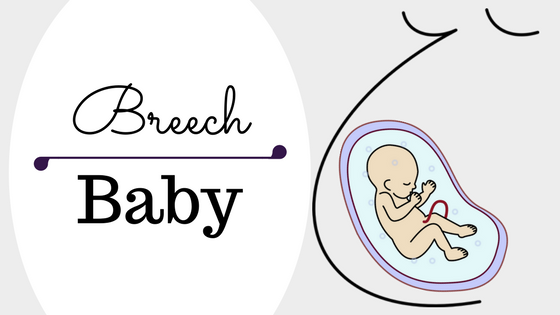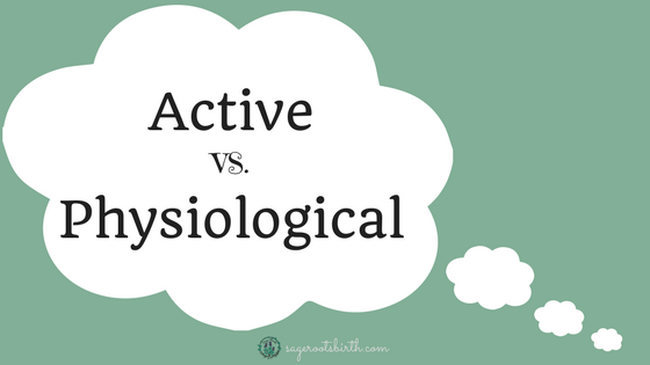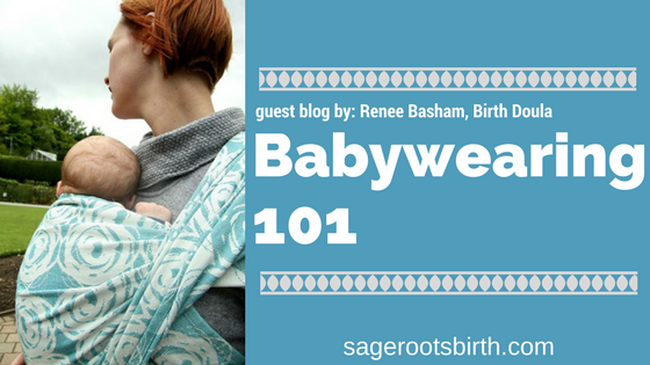|
As I enter into apprenticeship as a student midwife, I will no longer be accepting new doula clients. This transition has been difficult as I am one of the last doulas still actively serving our corner of southeastern Kentucky. I am still accepting repeat clients, but will not be offering full coaching packages as I have in the past. While this is difficult to announce, I am certain that it’s the right choice for my and my family at this time. I am very much looking forward to the day when I can serve our community as a midwife.
0 Comments
You're a pain expert now! You're familiar with methods to reduce that pain without medication or before (and after) you utilize any pain medications during labor and birth. If you're reading on this far, perhaps it because you plan on utilizing these medications, perhaps it's because you're unsure about what you want yet, or maybe you're just curious. No matter your reason, I'm here to help you explore those options!
So now that we understand what pain is and dived a little deeper in how the body works during labor and birth, it's time to get into how to cope with the discomfort and, yes, pain that comes with having a baby. There are different kinds of methods and medications out there for you to consider. So much so, in fact, that I broke what was going to be one long article on pain management into three separate articles.
I'm choosing to start with non-medicated pain options. The reason for this is because I feel strongly that everyone needs to be familiar with these methods, even if you're planning a medicated birth. While the following tools and skills can certainly be used all on their own, they can be used during a medicated birth either along side medication or in the even that medication does not end up working well for you.
Labor and birth can be intense, that's no secret. But, we all know there are different kinds of pain, right? There's the pain of a headache and the pain of a migraine. There's the pain of a running a marathon and the pain of breaking a bone. There are levels and intricacies of pain and, of course, it's all relative. What is pain to one person may be suffering to the next and vise versa.
The first step to understanding what options you have for pain management during labor is understanding what pain is. So let's start there, shall we? Welcome to the first post in my Know Your Options series! Okay, ready? Let's jump right in!
What is induction? According to the American College of Obsetricians and Gynecologists (ACOG), induction is the use of medication or other methods to bring on labor. Augmentation is when methods are used to speed up or slow down a labor that has already started. When babies are positioned so that their buttocks or feet will be born first, we call them breech. Approximately 3-4% of all deliveries will be of breech presentation babies. The percentage of breech deliveries is higher with premature babies at 22% prior to 28 weeks' gestation, 7% at 32 weeks' gestation, and just 1-3% at term. That's roughly 1 out of every 25 full term babies breech. So, what causes babies to be breech and what can you do if you find yourself with a breech baby?
While I wish all of my clients happy and healthy birth experiences, the reality is that won't always be the case. I want to be able to offer both my clients and my community bereavement services.
Over the last 30 years, water immersion for labor and birth has been growing in popularity as a means of reducing pain and stress during childbirth. The term “water immersion” is usually reserved to mean laboring in water during the first stage of labor and getting out of the water for the second and third stages of labor. The term “waterbirth” better describes what happens when the birthing person remains in the water during the second stage of birth, when baby is born. In this article, the two will be addressed as one. Keep in mind, however, that when and how much you use any time of water during labor and birth is up to you and should be talked over with your care provider.
Of the three stages of labor, the third one is the most often overlooked. Stage one, otherwise known as “labor,” can be intense and preparation is of course needed. The second stage, the pushing stage, might be an odd sensation and something difficult to describe to the first-time mother making it a big unknown needing a lot of research and understanding. The first two stages of birth get a lot of well-deserved attention. Yet, birth has a third stage, the placental delivery, worth paying close attention to as well. What kind of care you receive during the third stage has just as much impact on your experience, your health, and your baby’s health. Therefore, it is beneficial to be familiar with your choices and options.
by: Renee Basham, Birth Doula of Hope's Embrace As a new parent the two things you find you took advantage of the most are your hands. When you have a newborn, all of a sudden the things you used to be able to do with ease become monumentally more difficult while holding a newborn. Babies like to be held and they don’t care what you’re doing while you hold them as long as you continue to hold them while you’re doing it. What if I told you, new mama, that there was a way to get things done AND keep your baby close to you and happy? You would be ecstatic, wouldn’t you? Here it is. Are you ready? Babywearing. Yep, that’s it. Babywearing. It doesn’t matter what you use to wear your baby (there are a bunch of different carriers and it can be overwhelming to choose one!) Your baby just wants to be close to you. Babywearing is a traditional practice that is used in many cultures to keep your baby or toddler close to you while you conduct your daily activities.
|
LauraI'm the owner of Sage Roots. Woman, wife, mother, doula, writer, bookworm, hiker, gamer, and Christian. Categories
All
Archives
September 2022
|
Services |
Company |
|












